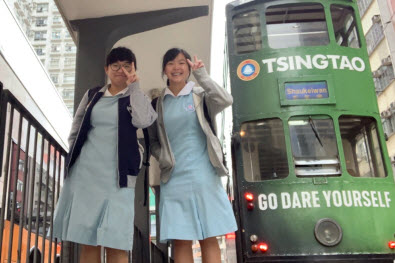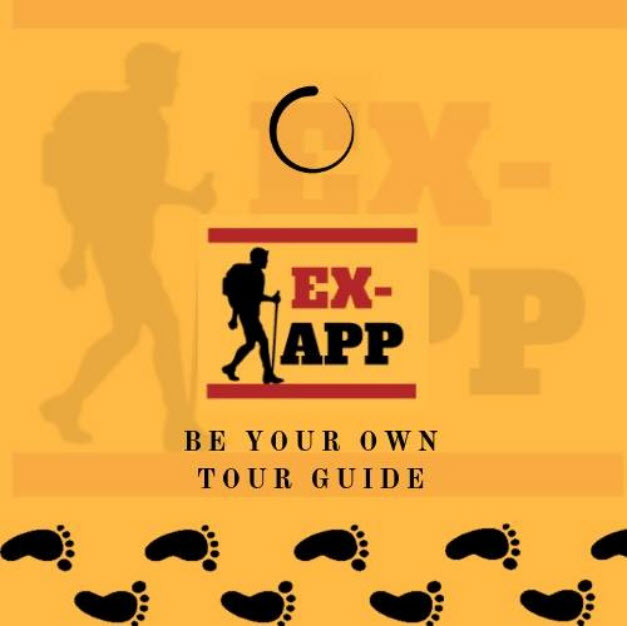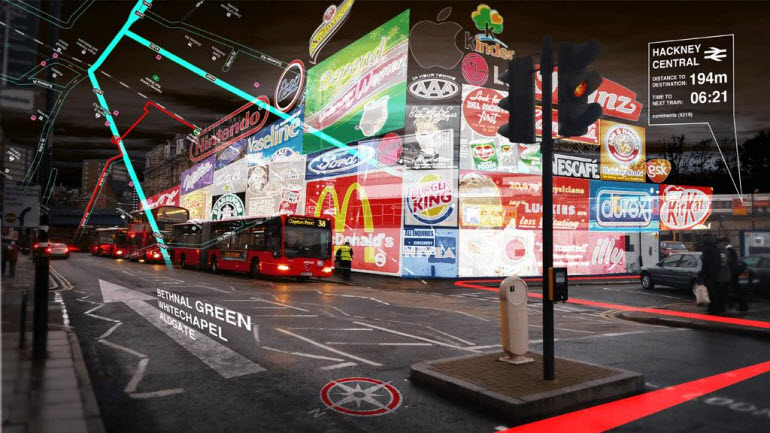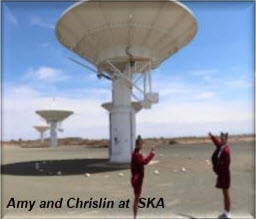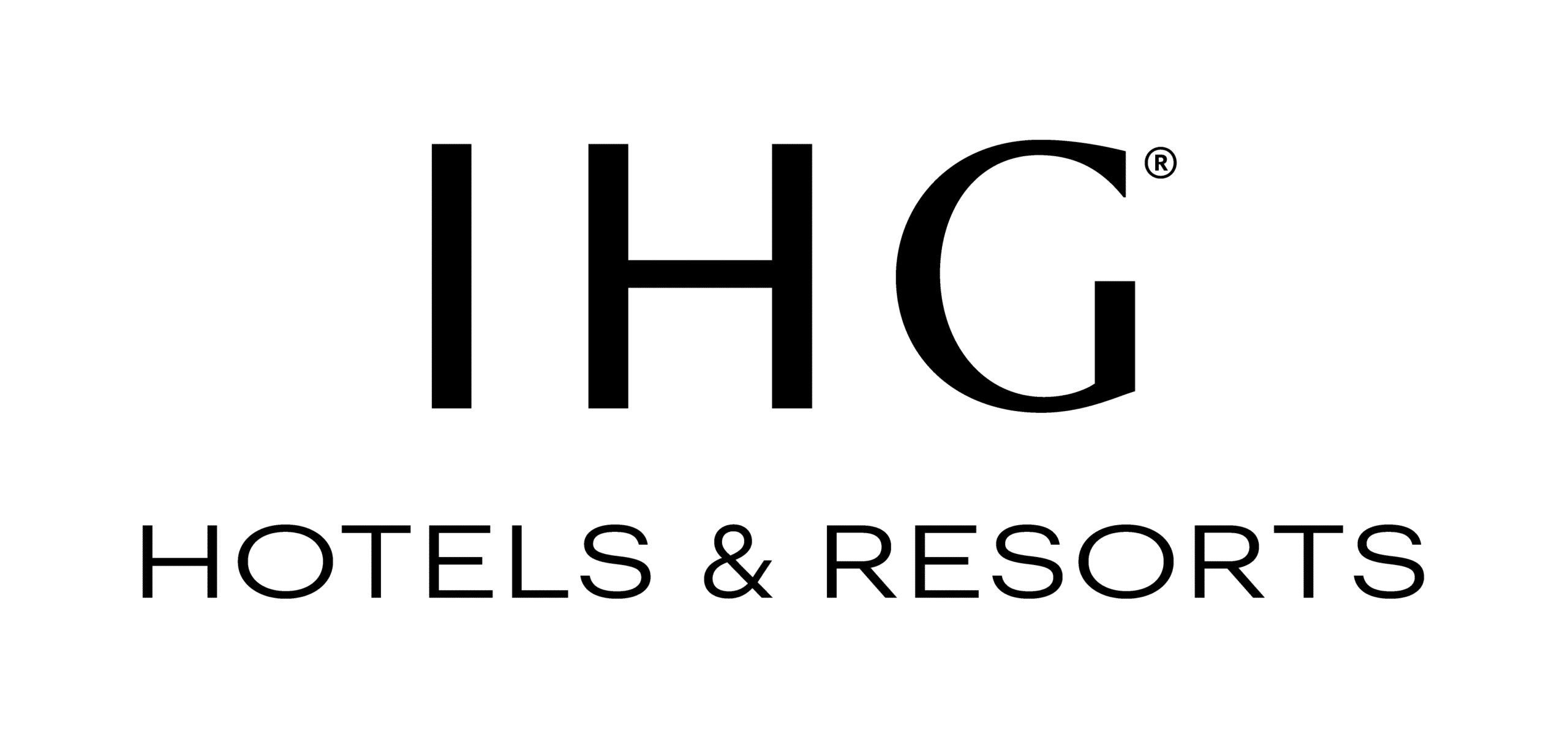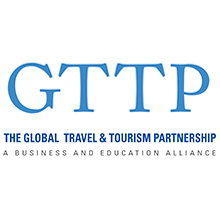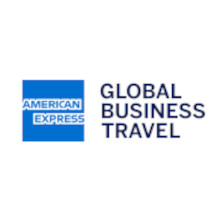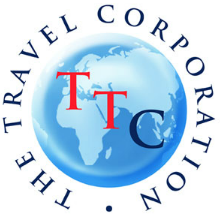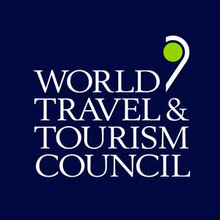The students suspect there is a reaction on the part of some visitors against science and technology and that they feel nostalgic for the days when technology was simpler. They believe Hong Kong can harness this feeling to create a new attraction for visitors. “Blending technology into nostalgia can provide visitors a new experience to retrieve nostalgic feelings of the past in this civilized city so that visitors can make a deep tour to live in old Hong Kong.” The team proposes that a blend of old and new could be achieved by building on the popularity of Hong Kong’s trams to create a special tram. Part of it would be a kitchen cooking local street food dishes; part would be an area for eating, and part would be an “experience area.” This last section would be equipped with technology, including both virtual reality and augmented reality equipment that would deliver information.

